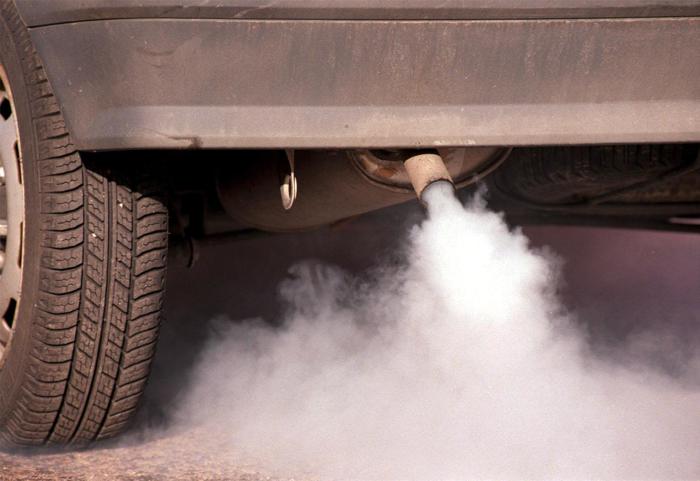If you are a healthcare professional and would like more detailed information about carbon monoxide, please see our treatment recommendations in the Health Library (in Norwegian).
How toxic is carbon monoxide?
Carbon monoxide can cause anything from mild transient symptoms to severe symptoms that require hospital treatment. Serious poisoning can lead to permanent injury and death.
Factors that affect the risk of carbon monoxide poisoning include
- gas concentration
- how long you breathe in the gas
- age
- state of health
- pregnancy
- Foetuses are particularly susceptible to carbon monoxide poisoning.
- Pregnant women who do not experience any symptoms do not normally need to be seen by a doctor.
Situations that can lead to carbon monoxide poisoning
- Fire
- Barbecuing indoors in tents, on boats, in caravans, camper vans or similar.
- Exhaust fumes from vehicles in small spaces with poor ventilation.
- Use of petrol or diesel generators, concrete cutters and similar in small spaces with poor ventilation.
- Use of propane burners, such as heaters, cabin showers and gas-powered refrigerators, in small spaces with poor ventilation. Incomplete combustion of propane (due to a lack of oxygen) can produce large amounts of carbon monoxide.
- Faults in propane burners can also produce large amounts of carbon monoxide.
How does carbon monoxide affect the body?
The mechanisms of carbon monoxide poisoning are complex, but are, among other things, caused by the fact that carbon monoxide binds to haemoglobin in red blood cells and prevents oxygen transport. This leads to the organs in the body receiving too little oxygen.
Symptoms of carbon monoxide poisoning
Mild symptoms include
- headache
- dizziness
- nausea
- vomiting
- diarrhoea
More severe symptoms include
- confusion
- irritability
- reduced consciousness
- fainting
- palpitations
- chest pain (angina)
- changes in breathing
- decreased blood pressure
- heart rhythm disorders
- brain damage
First aid in the event of carbon monoxide poisoning
- Call 113 in the event of serious symptoms.
- Remove the person from the source without putting yourself in danger.
- Pregnant women should be monitored, even in the event of mild symptoms.
- Avoid exertion, ensure calmness and rest after exposure.
- Please contact the Poison Helpline or your GP for advice.
Advice for avoiding carbon monoxide poisoning
Knowledge is important in preventing poisoning and death.
- Make sure that you are using equipment and appliances correctly.
- Do not use generators, propane burners, barbecues and similar in poorly ventilated spaces.
- If the appliance is intended for indoor use (boat, caravan, tent or similar), ensure adequate ventilation.
- Turn off the appliance before you go to bed.
- Regularly inspect and maintain equipment. Seek professional advice.
- It is a good idea to install a carbon monoxide alarm in cabins, on boats or similar where gas or generators are used for heating and cooking.
